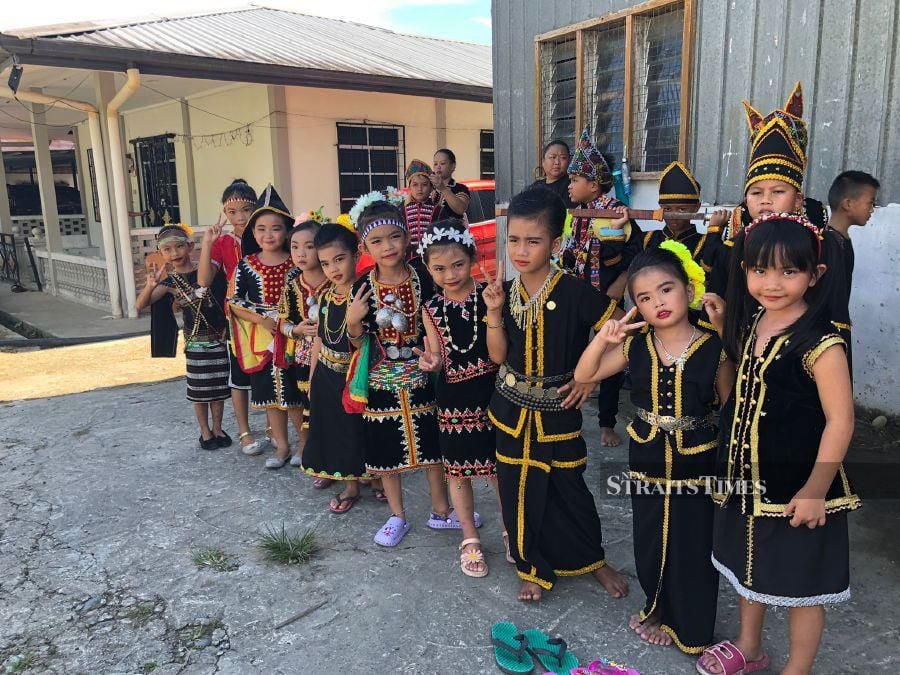"KOTOBIAN Tadau Tagazo Do Kaamatan!" said Prime Minister Datuk Seri Anwar Ibrahim as he greeted his audience cheerfully in a recent visit to Kota Kinabalu, Sabah. He was in town to celebrate the state's colourful harvest festival.
In an upbeat tone, Anwar added: "Each and everyone has their own distinct culture and uniqueness, and they should not only be tolerated but appreciated... all races and cultures need to be recognised and celebrated."
Feeling inspired by our prime minister, I took the opportunity to visit Sabah to experience its Tadau Kaamatan or harvest festival. The event was celebrated for the whole of May, with a wonderful showcase of rich cultural performances and traditional rituals.
The theme for this year's celebrations was Kaamatan membudayakan perpaduan (Kaamatan enculturates unity), aimed at promoting unity among Malaysians and a better appreciation of each other's custom and culture. It culminated in a two-day fest at the end of May, where thousands, natives and visitors alike, congregated to participate in various activities.
FOOD, GAMES AND DANCE
So much traditional food and delicacies were prepared, among them were hinava (fermented fish) and bambangan (a pickled fruit with yellow flesh similar to mango), and also sago worms for the courageous.
My Kadazandusun friends were especially proud of their tapai, a homebrewed rice wine, which is drunk from a large urn using a straw. Some rice wines were also served in shortened bamboo poles with a tap attached.
Among the fun-filled traditional games were mipulos (arm wrestling), migayat lukug (tug of war) and Sugandoi, a singing competition. There were also traditional folk dances such as the Magunatip by the Murut and Sumazau by the Kadazan.
After their performances, the dance troupes invited spectators and tourists to join in. Initially, the guests were hesitant as the dance looked quite forbidding for the uninitiated.
In Magunatip (which is an ancient Dusun warrior dance), two performers would sit opposite each other with a pair of bamboo poles between them, which they thumped and closed in a rhythmic cycle. Then, a line of dancers would put their legs in between the poles as they moved gracefully to the rhythm. The dance got more challenging as more pairs of bamboo poles were added, and the dancers tried to dance their way across the moving poles.
The loud clapping of the bamboo poles reminded me of the caning I received when I was young and naughty. I wondered how painful it would be if one's ankle or foot got caught in between them!
However, the hesitation didn't last long. Eventually, the mood of merriment took over and everyone abandoned their trepidation and joined in the boisterous party.
LEGEND OF UNDUK NGADAU
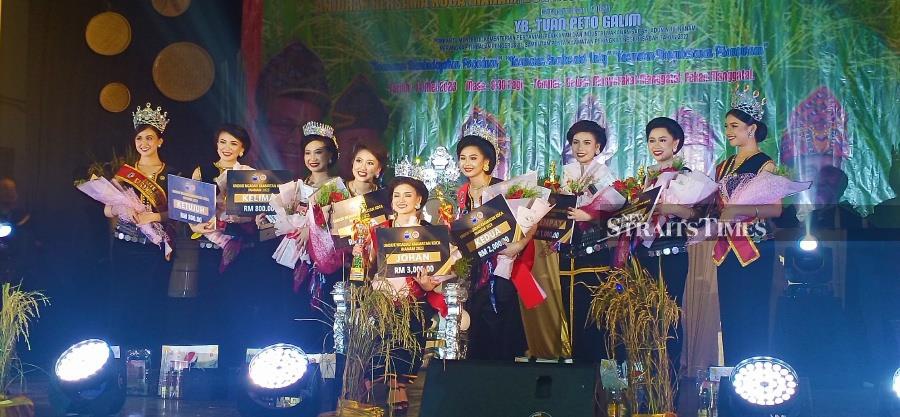
As part of the celebrations, various exhibitions and activities were organised at the Hongkod Koisaan or Kadazandusun Cultural Association Sabah (KDCA) in Penampang. The highlight of Kaamatan is the Unduk Ngadau, a prestigious beauty contest.
Hundreds of beautiful girls from villages all over the state would take part in this contest. Dressed in their respective costumes, the girls had to speak fluently and answer difficult questions in their native language.
Every year, villagers would choose the most beautiful girl to commemorate the sacrifice of Huminodun. According to legend, Huminodun is the only daughter of a deity named Kinoingan and his wife Suminundu, and she was both beautiful and virtuous.
One day, villages in the state were stricken with famine and thousands died of starvation. In the end, Huminodun volunteered to sacrifice herself to save the people.
Today, the natives believe that it's the body of Huminodun where the Bambaazon, or rice spirit, originated from to help produce a bountiful harvest each year. From that day onwards, the land of Sabah became fertile and the people no longer had to face famines.
BUVAZOI TAVANTANG
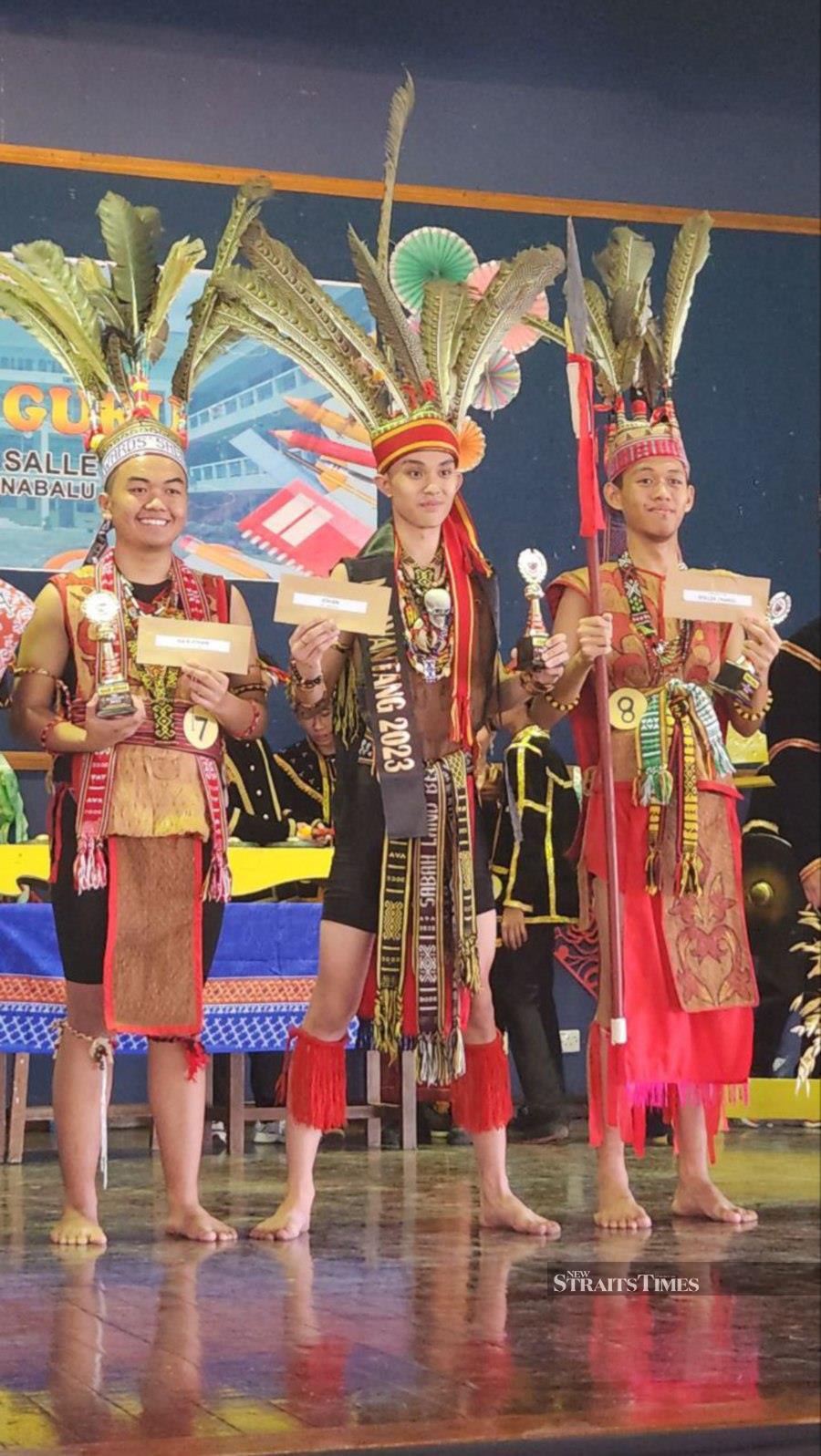
There's also the Buvazoi Tavantang contest, organised for the men to choose Mr Kaamatan. In addition to possessing good knowledge of their language, custom and tradition, the men also needed to showcase their "manly" talent.
One of the skills tested was using a blowpipe to shoot a balloon. It was quite hilarious to see cool handsome young men getting all frustrated as they attempted to execute the task. One guy, in his (desperate) effort, blew so hard that his sigah (headgear) fell off his head.
SCHOOL CELEBRATION

Besides the state-level celebration, Kaamatan was also celebrated at the district, villages and even schools. In SMK LaSalle, Kota Kinabalu, the festival was celebrated in a unique way.
It was conceptualised as a "three-in-one" occasion to mark Hari Raya Puasa, Hari Kaamatan and Teachers Day. The joyous occasion was a unique experience for everyone in the school — a true reflection of Sabah's vibrant multi-cultural diversity.
Being a school for boys, LaSalle naturally organised a Buvazoi Tavantang to choose Mr Kaamatan among its students. Besides the blowpipe competition, the boys had to sing, dance and undergo tough grilling by a panel of judges. Certainly, there was an abundance of talent and so much energy among the students.
KAMPUNG CELEBRATION
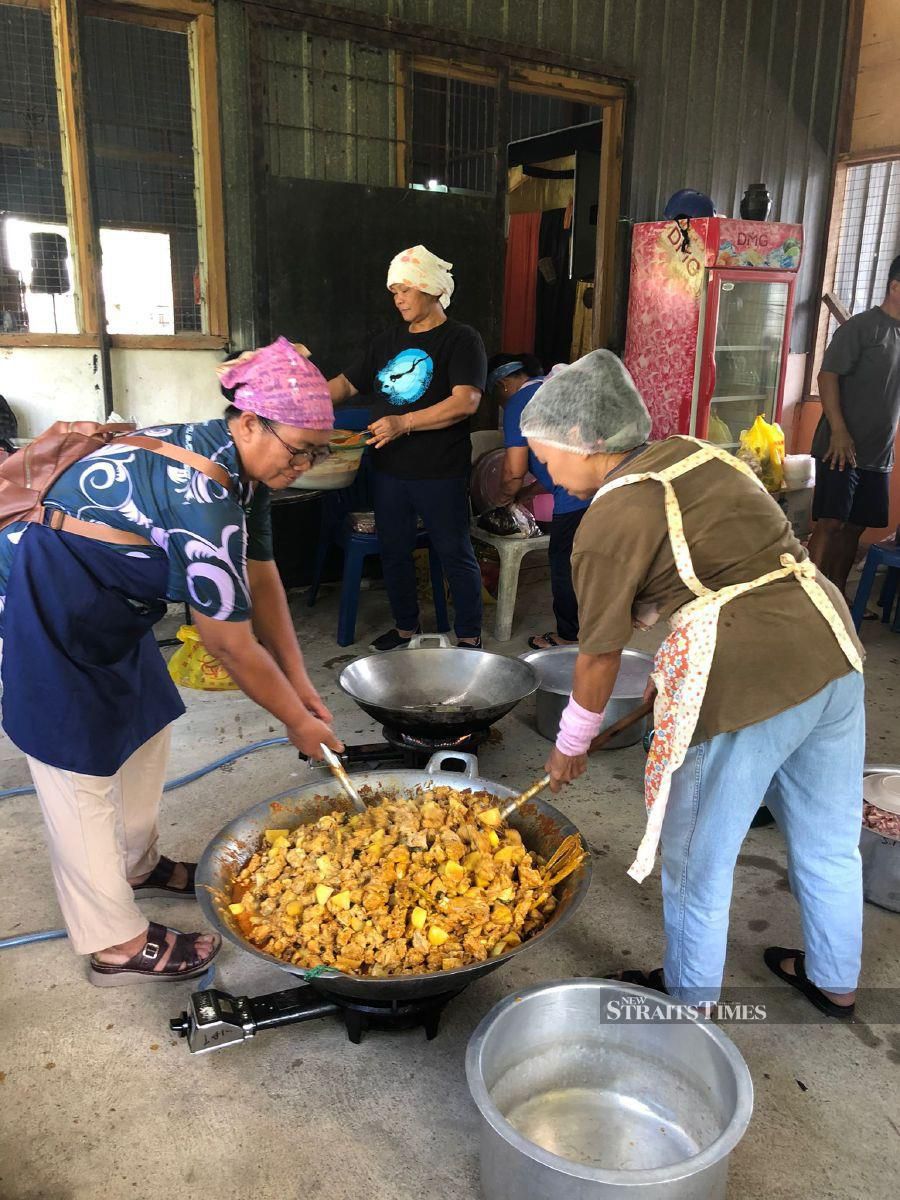
In the villages, Kaamatan was celebrated by all through a lovely gotong-royong spirit. Some were involved in preparing food for their stalls, while others engrossed themselves in the game stalls.
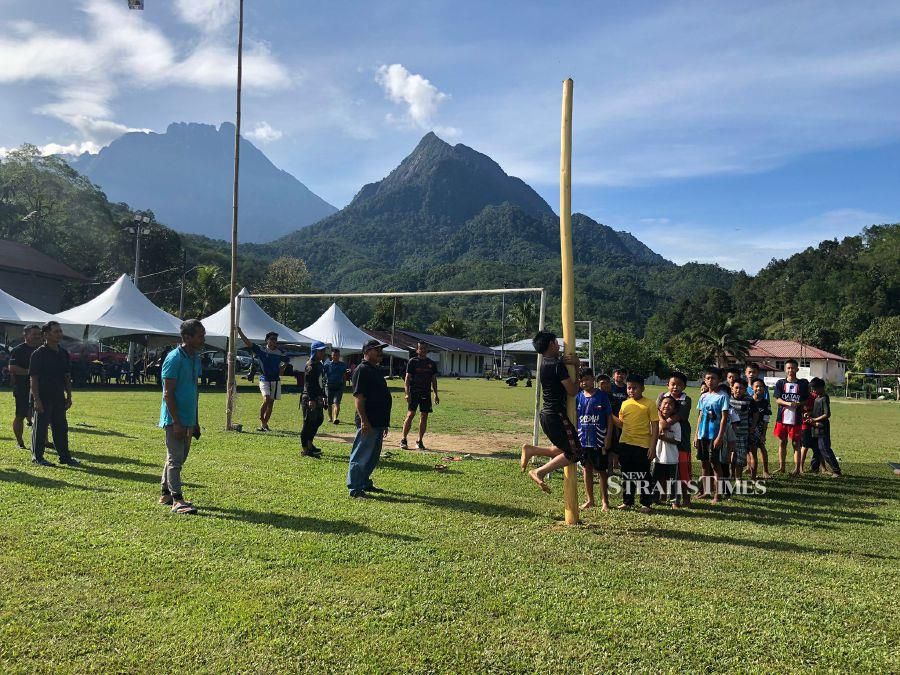
One popular traditional game among boys was climbing up a slippery pole, which showcased their skills and stamina. It was quite amusing to see how the boys kept sliding down the pole despite all their huffing and puffing.
In Tambatuon village, the beauty contest was celebrated with a creative twist. The villagers combined both the Unduk Ngadau with Bovazoi Tavantang to make it a truly dazzling display of talent and costumes for both genders.
Only children below 12 were allowed to join the contest. Despite their young age, I was impressed by their knowledge and intelligence in answering some really tough questions relating to their customs and traditions.
TAGAL FESTIVAL

Kaamatan fell in the dry months of May and June. Typically, the dry weather would also mean low water levels and slow currents in the state's rivers.
This would be an ideal time to catch fish too. Hence, the Tagal or fish harvesting would normally be conducted either in conjunction or near to the harvest festival.
Although it was dry season, the flow and volume in Sungai Kedamaian was still fast and large. Its water was cool and crystal clear, a testament to the villagers' dedication in preserving their pristine environment.
Sungai Kedamaian flows down from Mount Kinabalu. Legend has it that the god of the sacred mountain blesses its rivers and waters. It's these rivers and waters that irrigate the land and give life and abundance to the people.
On the day of Tagal festival, everyone in the villages would wake up very early. They'd been waiting patiently for a whole year and looking forward to this day. As part of a sustainable eco-tourism project, villagers were only allowed to catch fish in the river during Tagal.
Once the sun had risen, all the villagers gathered enthusiastically at the river banks. After the headman had given his blessings, everyone went into the water with glee and joy. Some brought their fishing rods while others, their nets. A few even had fishing spears. Unable to resist, I decided to join in the frenzy.
LEGEND OF KINABALU

Besides fishing, I took the opportunity to swim in the beautiful river. As I soaked myself in its refreshing and reinvigorating water, I couldn't help but admire the magnificent view of the twin peaks of Mount Kinabalu and Mount Nongkok.
They reminded me of the legend of the Chinese widow and her son, who died in Mount Kinabalu while waiting for her husband's return. It's believed that the tears from this long-suffering widow were replenishing the river of the mountain.
It's an enduring legacy of love, abundance and devotion. Let's hope that her spirit will one day be united with her long-lost husband.
Gary Lit Ying Loong is a retired academic from Nanyang Technological University (NTU) Singapore. He's presently a visiting professor to some universities in Asia and Europe. Reach him at [email protected].


